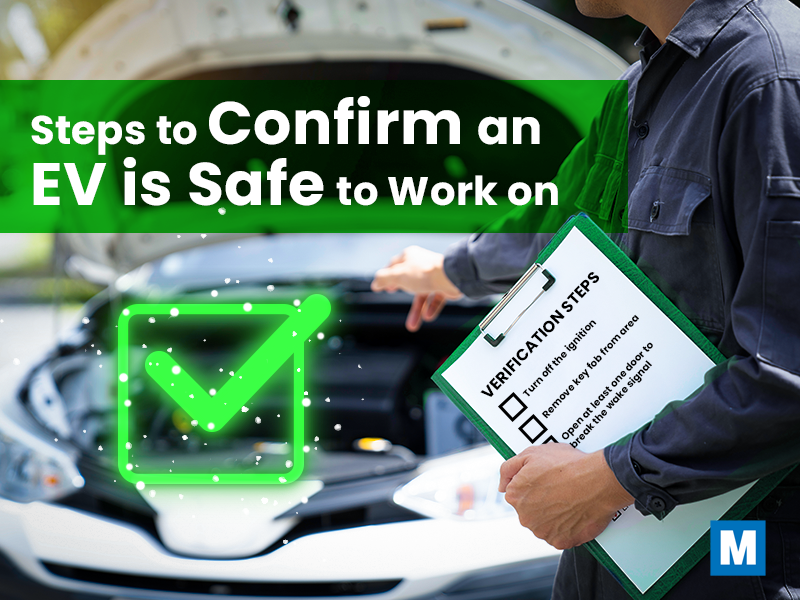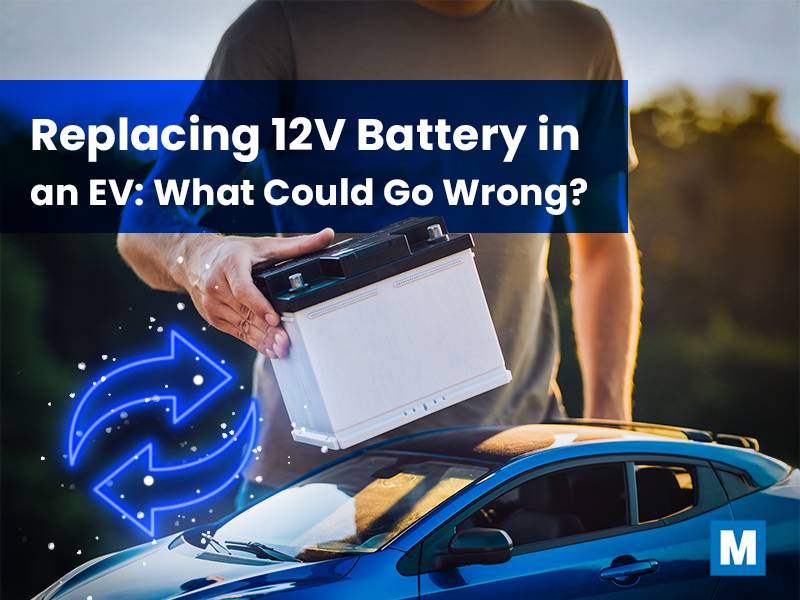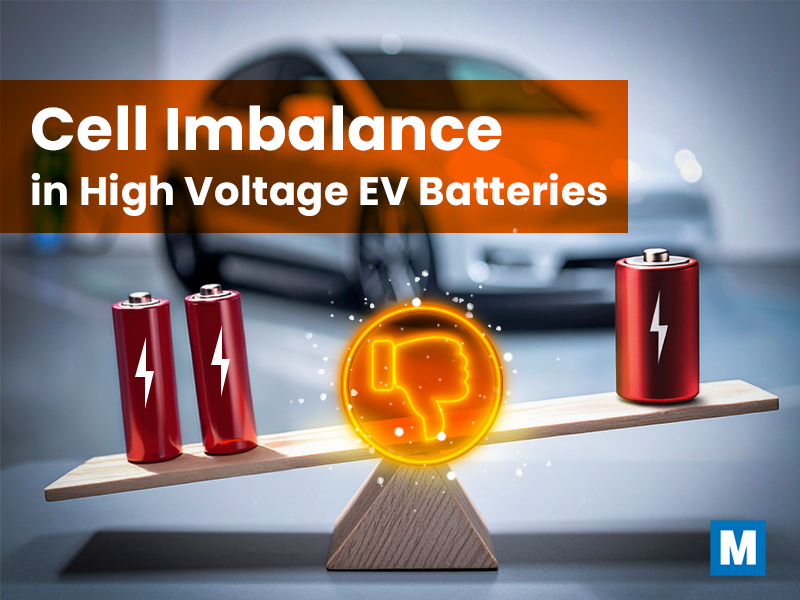If you’ve been keeping an eye on the latest electric vehicles coming through your shop or just following industry news, you’ve probably heard a lot more lately about LFP batteries. That’s lithium iron phosphate.
While NMC (nickel manganese cobalt) and NCA (nickel cobalt aluminum) chemistries have been dominant in the EV landscape until now, but LFP batteries are gaining serious traction, especially in mass-market and entry-level EVs. And if you’re in automotive service, understanding LFP technology is becoming necessary, especially as there are differences from other chemistries.
This article breaks down what LFP batteries are, how they differ from other chemistries, where they shine, where they fall short, and what that means for vehicle diagnostics, battery service, and customer education.
What Is an LFP Battery?
LFP stands for lithium iron phosphate, and it refers to the cathode chemistry used in the battery. Unlike NMC or NCA chemistries, which use a combination of nickel, manganese, and cobalt or aluminum, LFP uses iron and phosphate.
That change in materials leads to a different set of performance characteristics. The most important things to know about LFP batteries from a service perspective are:
- They’re more thermally stable, which means they’re less prone to overheating or thermal runaway.
- They have a longer cycle life.
- They’re less energy dense than NMC or NCA batteries.
- They’re cheaper to manufacture and don’t rely on cobalt or nickel.
Why LFP Batteries Are Gaining Popularity
It mostly comes down to cost, safety, and durability. LFP batteries are simpler and more affordable to produce. Iron and phosphate are more abundant and less geopolitically sensitive than cobalt or nickel, which helps stabilize supply chains. What that really means is that harvesting them is much less harmful to the environment, and that’s a good thing for everyone.
On top of that, LFP batteries are inherently more resistant to fire, making them attractive for mainstream and fleet EVs where cost and safety are key priorities. Several top OEMs are rolling out more LFP-equipped vehicles every quarter, often with standard-range or base trims.
For customers who don’t need maximum range but want low maintenance and high reliability, LFP batteries are an excellent fit. That means you’ll be seeing more of them in your service bay soon, if you haven’t already.
How Do LFP Batteries Compare to NMC and NCA?
Let’s break it down into a few key categories that people actually care about.
Energy Density
LFP batteries generally have lower energy density than NMC or NCA. They take up more space and weight to deliver the same driving range. For vehicles where space is at a premium or long range is a must, that’s a disadvantage.
However, improved pack designs are helping narrow the gap. LFP-powered EVs can still achieve as much as 200 to 300 miles of range, which meets the needs of most drivers.
Charging Behavior
LFP batteries are more tolerant of regular 100% charging. That’s a huge differentiator from NMC batteries, which prefer to stay in the 20% to 80% state of charge window. LFP-equipped EVs often don’t require the same charge management level.
That’s good news for consumers and fleet managers as it simplifies charging routines and alleviates worries about premature degradation. However, it also means techs need to know that seeing a full 100% charge on an LFP battery isn’t necessarily a red flag.
Thermal Stability
LFP batteries are far more stable at high temperatures and have a much lower risk of thermal runaway. That makes them a safer choice for hot climates or vehicles that spend a lot of time under heavy load.
From a service angle, that doesn’t eliminate the need for cooling systems, but it does mean less likelihood of catastrophic events from overheating.
Lifespan
This is one of LFP’s biggest wins. With proper management, LFP batteries can deliver over 3,000 cycles without noticeable degradation. That’s a big advantage for vehicles expected to rack up a lot of miles, like rideshare cars, delivery vans, or taxis.
For shops, it means fewer high-voltage battery replacements but potentially more emphasis on diagnostics, cooling system maintenance, and software updates to keep packs balanced and operational.
Service Considerations for LFP Batteries
So how does working with LFP batteries change your approach in the shop? Here are some key things to keep in mind.
Battery State of Health (SoH) Readings
Because LFP batteries degrade more slowly and have a flatter voltage curve over most of their charge cycle, traditional voltage-based health readings may not provide the full picture. Rely on diagnostic equipment that reads internal resistance, cell balance, temperature data, and charge history.
Charging System Diagnostics
Since LFP batteries are often charged to 100%, any charging faults like slow charge speeds, overheating, or BMS miscommunication need to be taken seriously. Be sure to check for updates or recalibrations if customers complain about range drops or charging performance.
Cooling System Checks
Even though LFP runs cooler, it still needs a thermal management system. If the vehicle has liquid cooling or a battery chiller, inspect those systems just as you would with an NMC pack. Look for:
- Dirty or clogged filters
- Low coolant levels
- Malfunctioning fans or pumps
12V System
Like other EVs, LFP vehicles rely on a 12V battery for low-voltage systems. Make sure the 12V battery is healthy and that it charges correctly during use. A weak 12V battery can prevent an EV from booting or initializing the high-voltage system at all.
Range Complaints
Because LFP batteries tend to be used in vehicles with shorter ranges, range anxiety or unexpected drops in distance-per-charge are more likely to result in a service visit. If a customer complains about poor range, check things like tire pressures, HVAC settings and filters, loads from accessories, recent driving habits, and software history.
Training Techs and Advisors to Work with LFP
LFP-equipped vehicles may not need as much battery babysitting, but customers still need guidance. Train your staff to know which models use LFP packs and recognize differences in charging strategy. They’ll need to reassure customers about 100% charging being safe, and they may need to interpret diagnostic results differently from traditional lithium-ion chemistry.
In many cases, customers will come in unsure whether something is normal or not. Giving your team the knowledge to respond confidently builds trust and keeps those customers coming back.
LFP Is Here to Stay
LFP batteries aren’t a temporary trend. They offer advantages in safety, cost, and lifespan, which makes them ideal for a wide range of EVs hitting the market now and in the years ahead. As service professionals, the best thing you can do is learn how to spot them, test them properly, and communicate confidently with your customers.
Midtronics EV tools are designed to help you do that quickly, safely, and accurately. Whether it’s a standard-range model or the next fleet van that rolls into your bay, having the right equipment and the right know-how is the key to keeping EVs reliable and customers happy.




